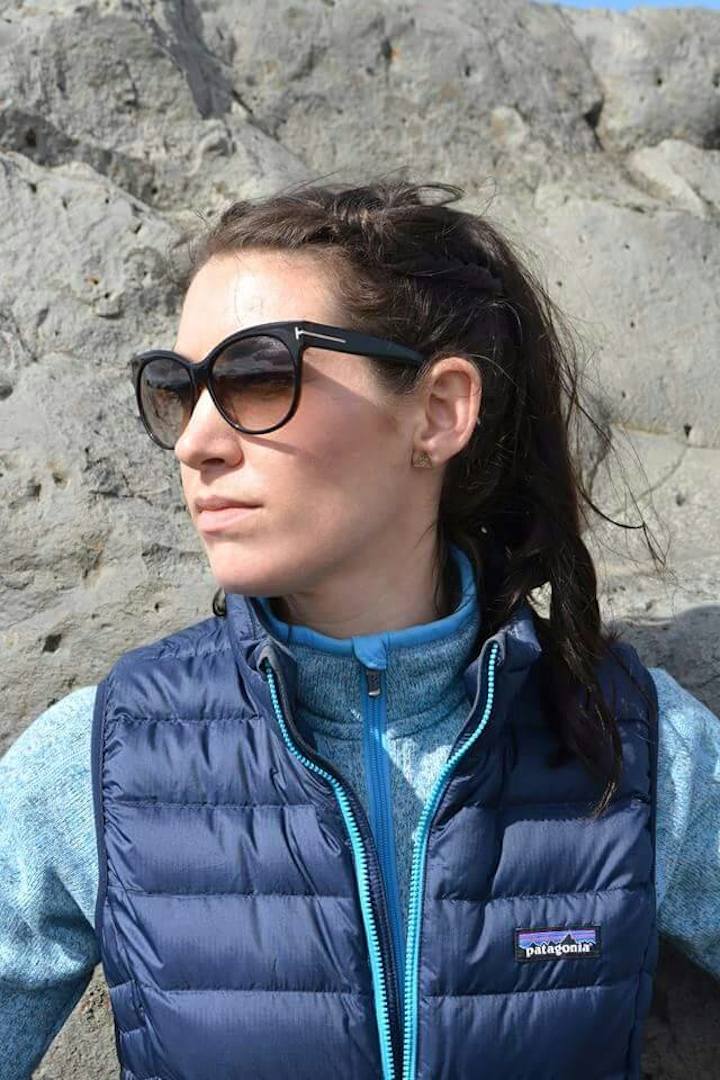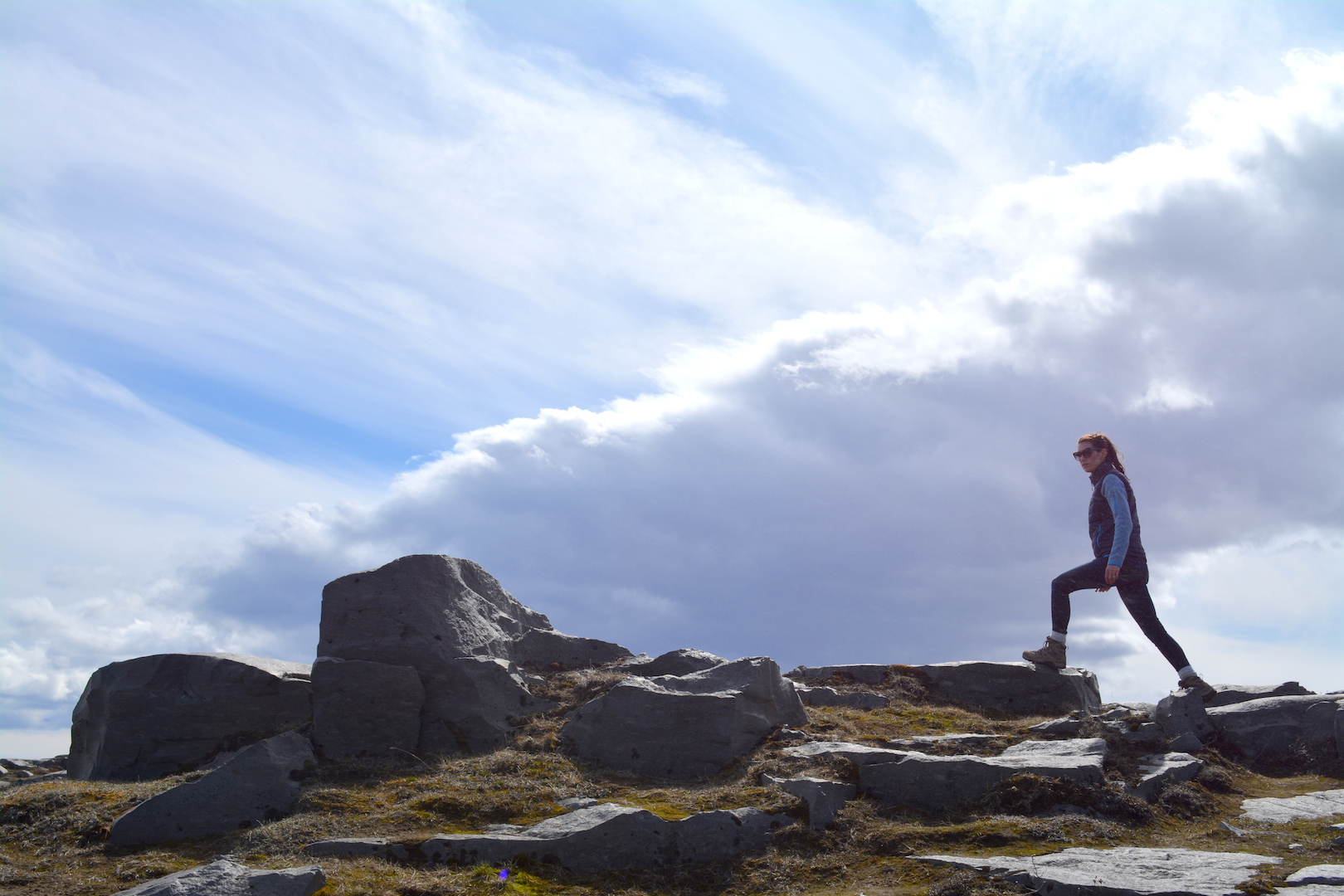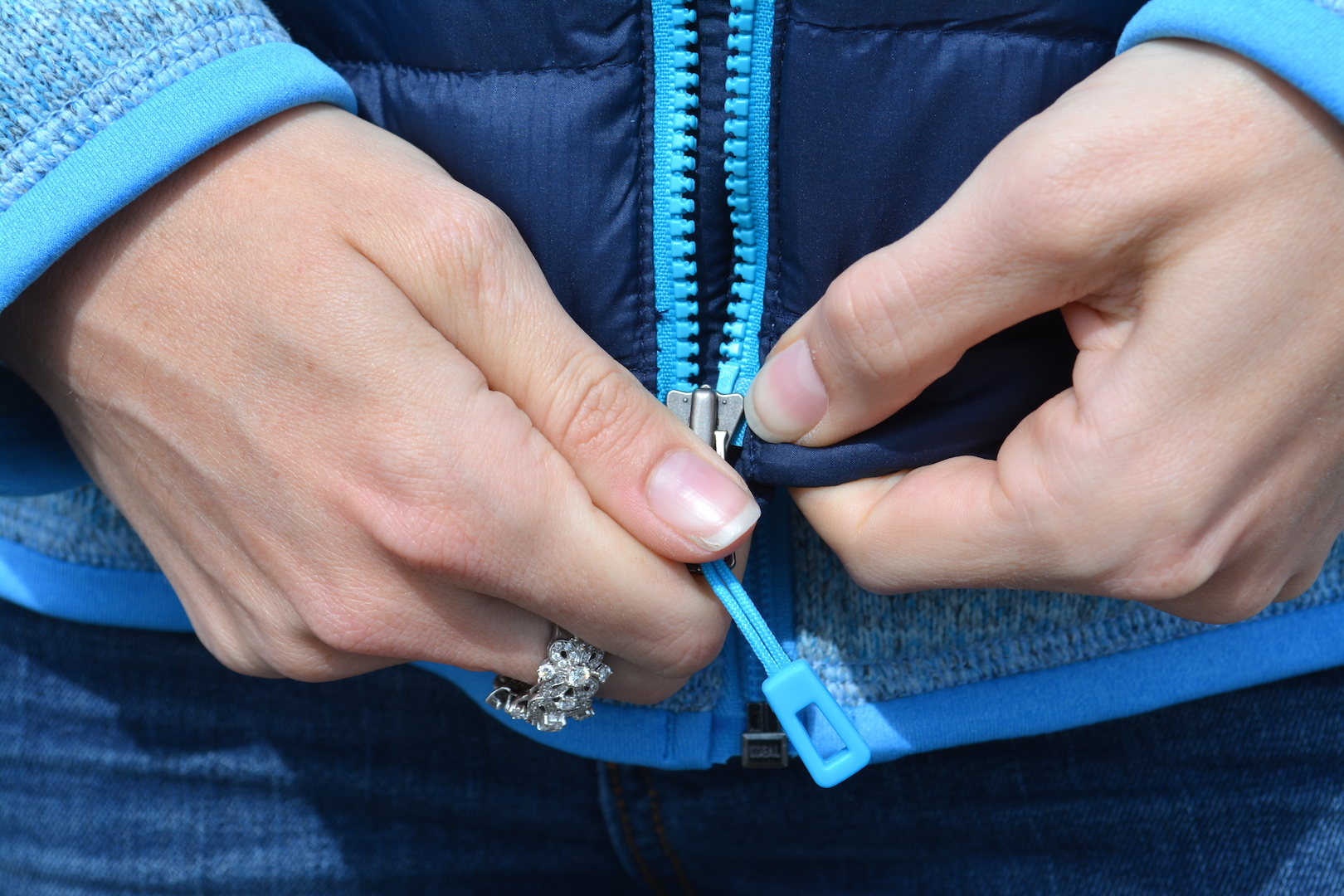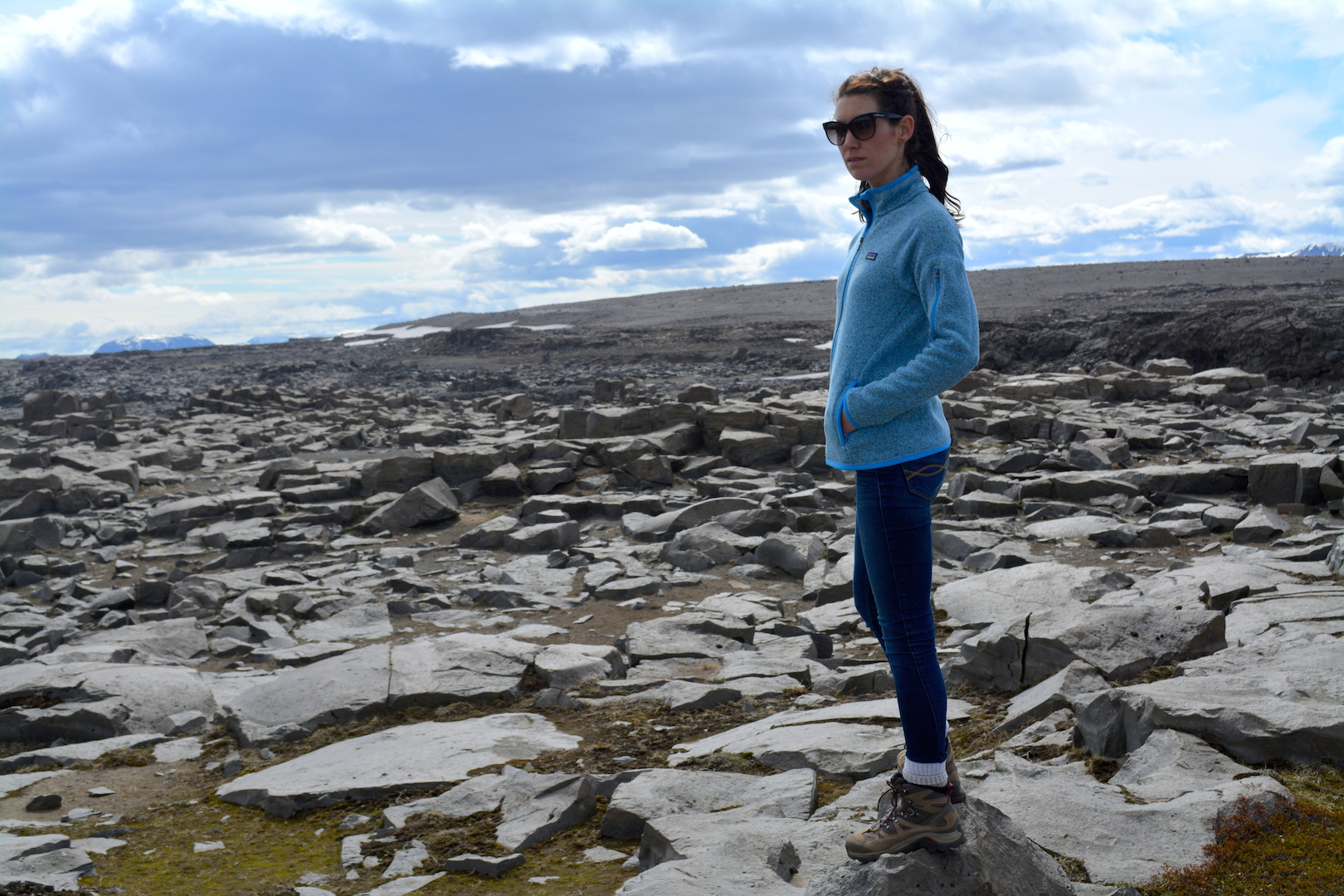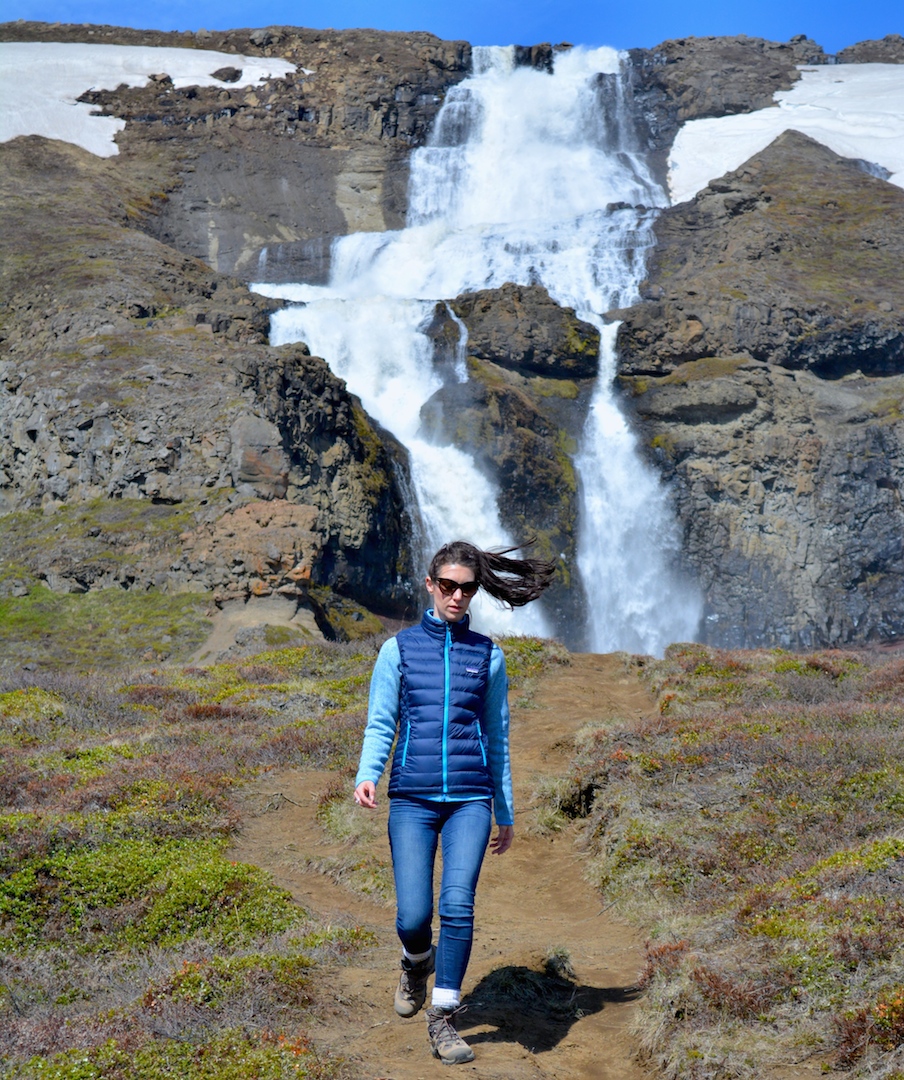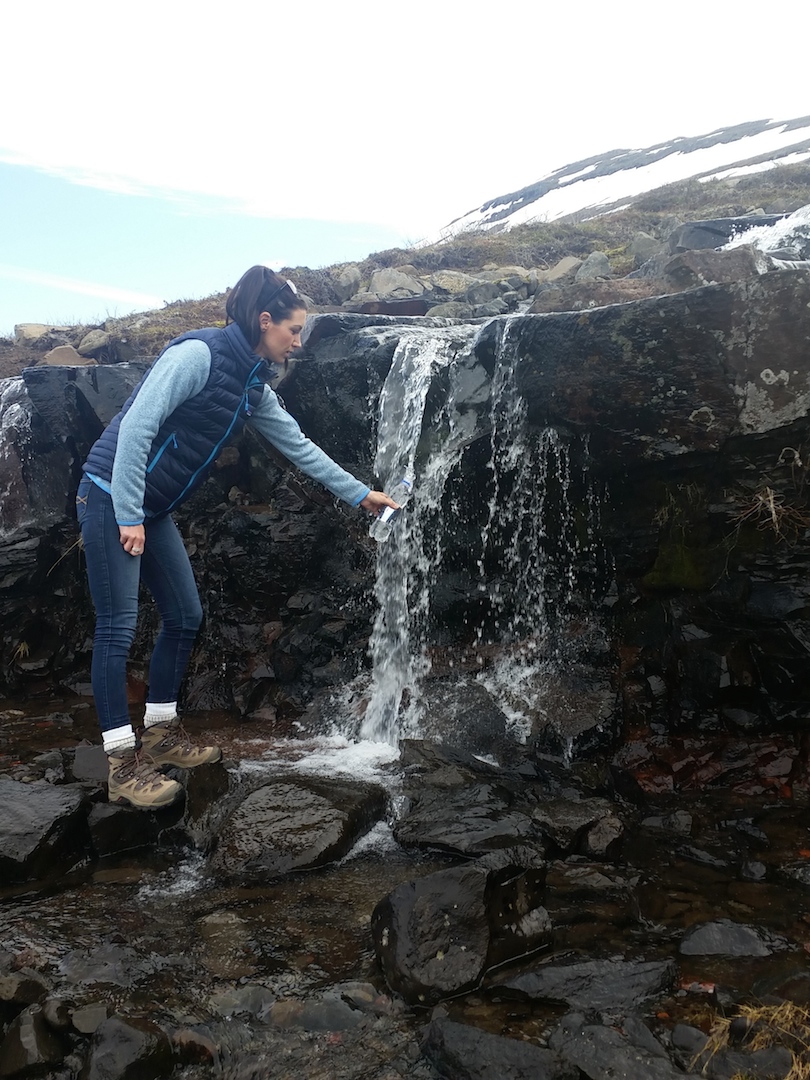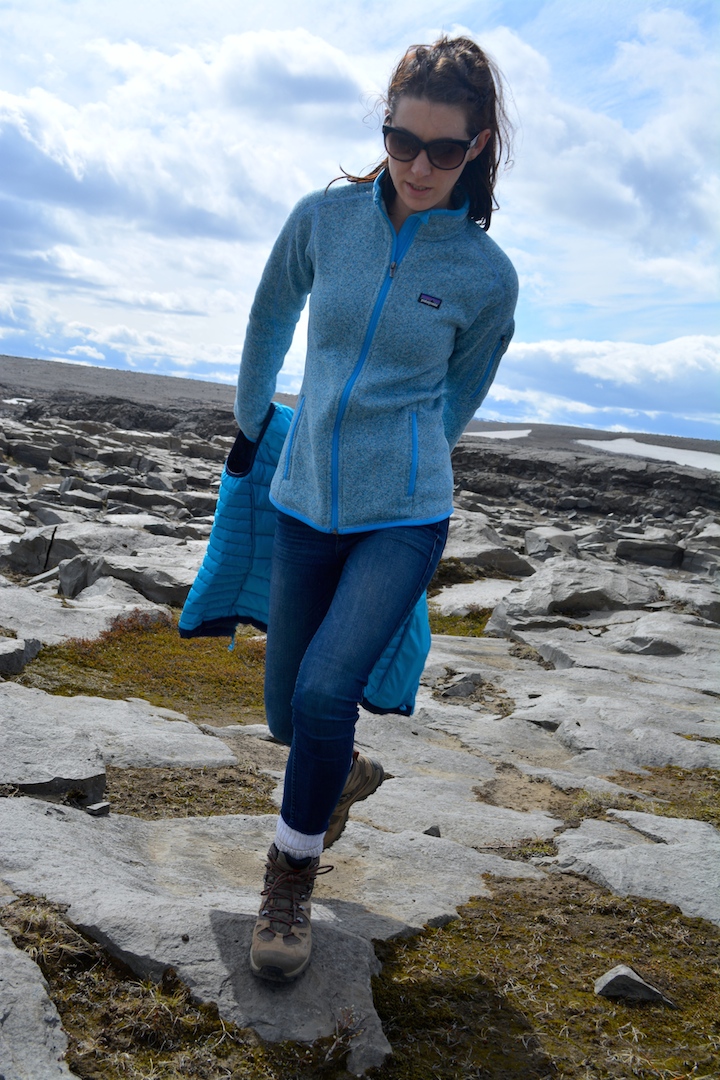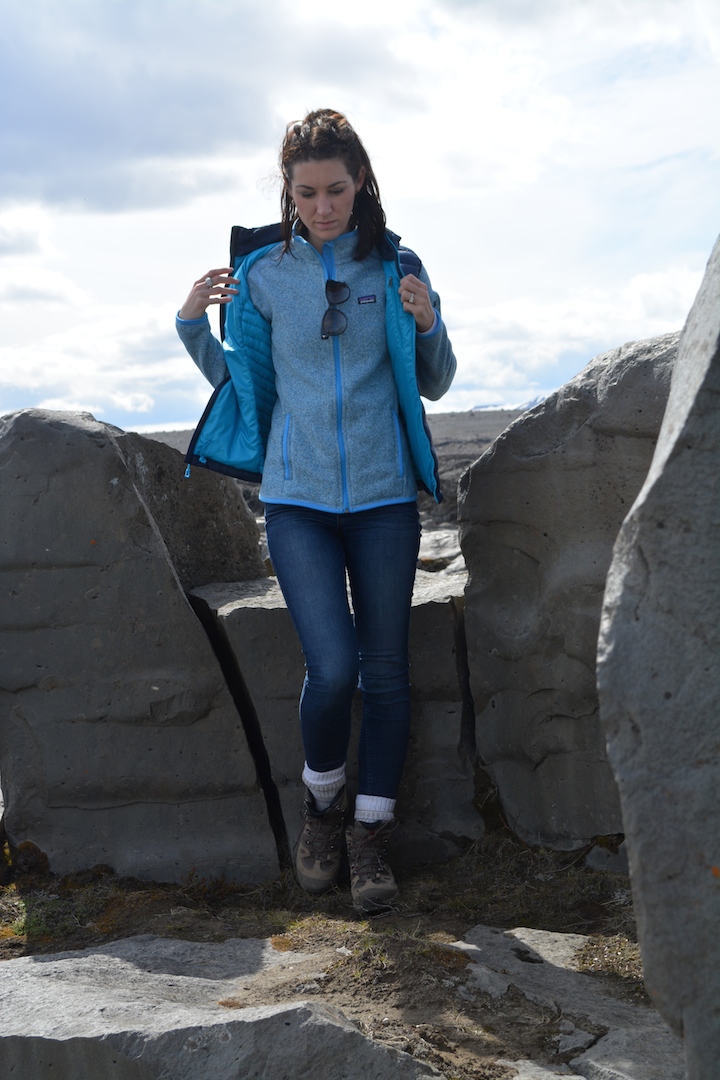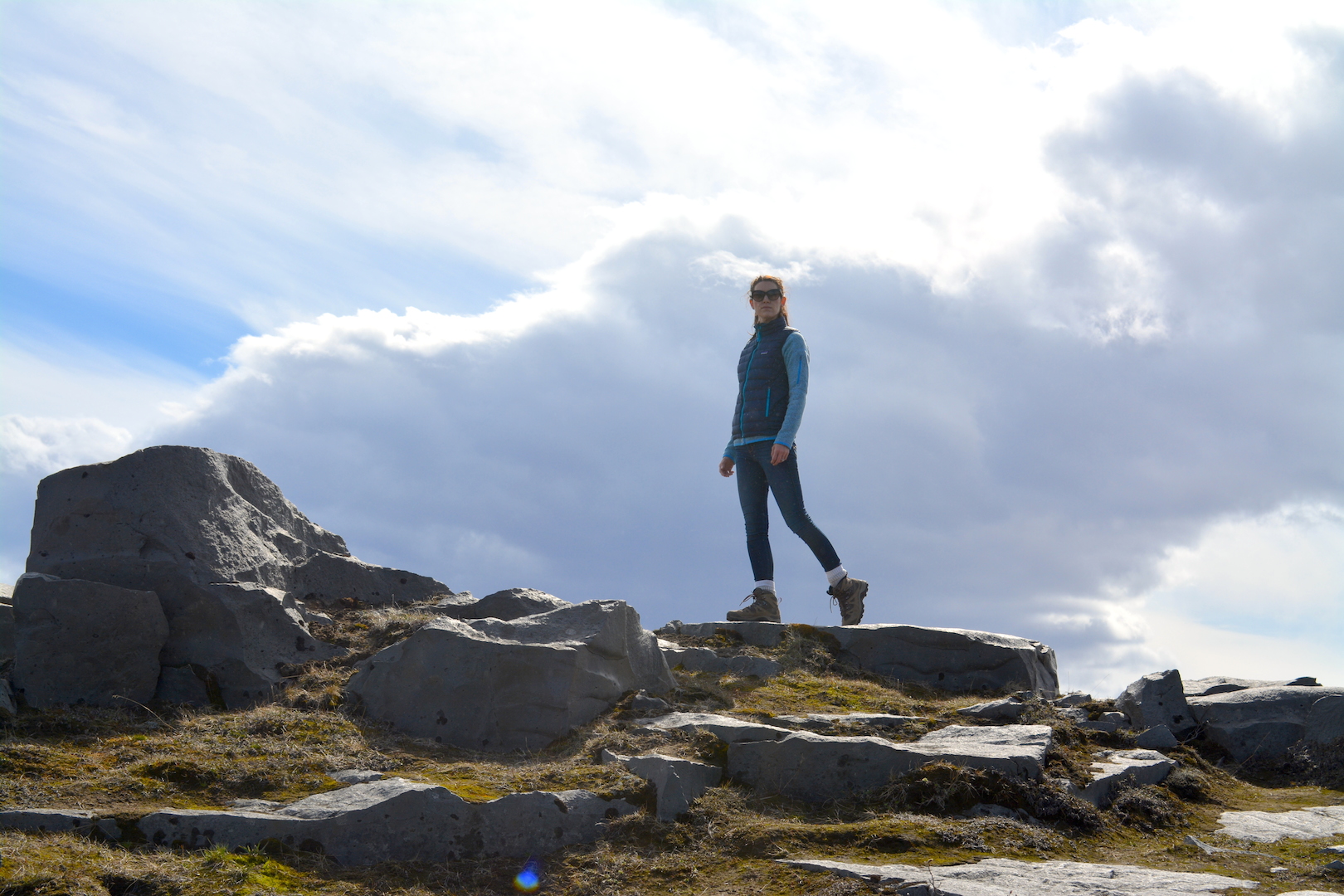What Iceland Can Teach Us About Ethical Clothing

[apss-share]
Founded in 1977 by a small group of women, the Handknitting Association of Iceland recently won a major battle in the fight for ethical clothing. You’d be forgiven for not thinking about ethical clothing in the land of ice and fire and yet it pervades throughout every aspect of the Icelandic way of life.
The 2008 financial collapse presented a unique opportunity to a country that was often little more than a stop over from mainland Europe and North America. Deflation of the Icelandic króna led to a sharp increase in the rise of tourism which in turn helped the economy to rebound. An estimated 40% of the country’s export revenues and 10% of it’s GDP are linked to tourism. In 2019 around 2 million tourists visited the country and while that number has been declining the decade long boom left an enormous impact.
Whether it was the volcanic eruption of Eyjafjallajökull in 2010, the rise of instagram influencers flocking to the vast expanses to snap an envious picture, the airline stopover promotions, or the popularity of Game of Thrones; Iceland was on a whole not prepared for what the influx of tourism would mean. Infrastructure was quickly built, tourism companies boomed, Airbnb sprang up in just about every apartment building in Reykjavik and farmhouse through the countryside, restaurants diversified, souvenir shops popped up throughout, and the endless wave led to a creative expansion across the country. But, not everyone embraced the transformation.
The lopapeysa sweater has long been the iconic garment of the Icelandic peoples. You won’t find a closet without one. And while there is a long history of knitting for both young and old, men and women, this particular sweater didn’t enter the vernacular until sometime between the 1920’s and 1950’s. It coincided with the more efficient mechanizations of processing wool. The sweaters are made from lopi a unique fiber to the sheep of Iceland and is heralded for both its lightness and strength while remaining waterproof. A must in the oftentimes harsh climate. Historically to be classified as a Lopapeysa the sweater must be knit from lopi in a continuous loop without seams. Additionally, it must include a circular pattern around the shoulders. It wasn’t until Iceland’s independence from Denmark in 1944 that the lopapeysa became a national symbol.
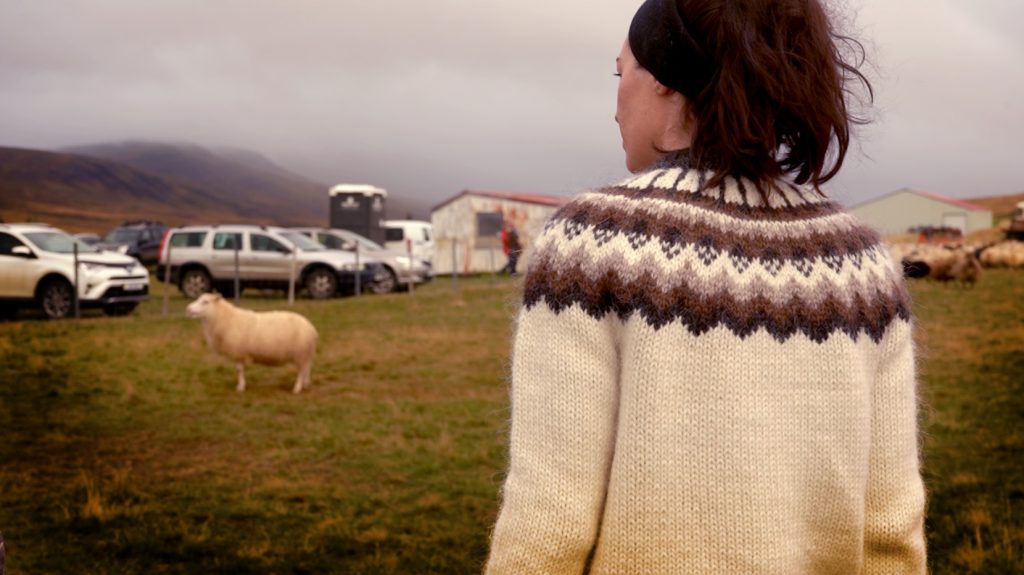
Up until the tourism boom the lopapeysa could have been used as an ethical clothing measuring stick. It was made from local wool from sheep that were treated humanely, mainly coming from small family farms. They were made from natural fibers and knitted in the country where living wages were paid. The surge in tourism drastically shifted the demand and by virtue of that the means of production.
The modern economy for all of its positives also brings with it plenty of opportunity to increase profit margins at the expense of quality, safety, environmental and worker well being. In the case of the lopapeysa sweater, chasing the often elusive profit margin led many businesses to start outsourcing their manufacturing where wages remain depressed compared to that of Iceland’s. In short, to meet the demand while continuing to increase profits some high street Icelandic brands began contracting Chinese firms to either knit the sweaters from lopi at reduced wages or began making them from blended materials, sometimes both. A debate emerged as to whether or not they could truly be called Icelandic.
Clever marketing tags started popping up that without thorough research were difficult to differentiate. “Made in Iceland” or “Made from Icelandic Wool” became the greenwashing go-to for these companies. Made in Iceland may or may not mean that the sweater is made from a hundred percent lopi while made from Icelandic wool may or may not mean it was made in the country or contains a hundred percent lopi. Tourists were left to their own devices trying to figure out the authenticity but often became seduced by high street convenience and price differentiation while remaining none the wiser.
The Handknitting Association rallied against what they saw as a theft of local heritage and launched a campaign for clear and transparent labeling and protection. Members not only wanted to preserve the local craft but also ensure tourists and locals alike were buying the real deal: made in Iceland and from only Icelandic lopi. In March 2020 after years of lobbying they won.
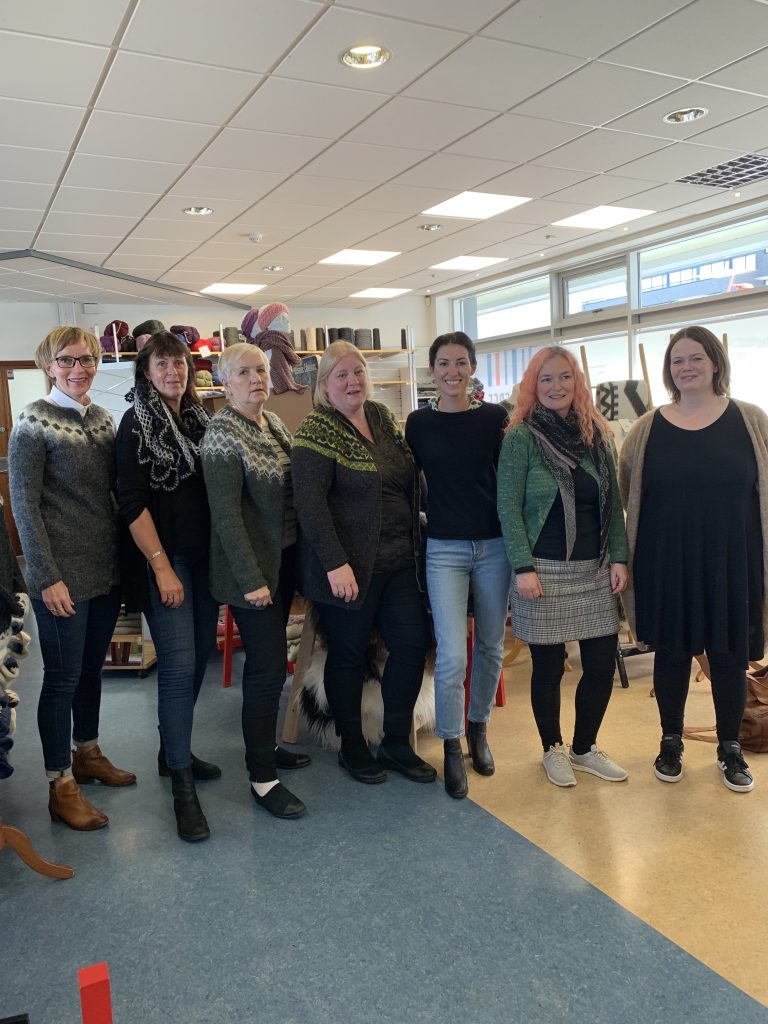
The sweaters received the second only Designation of Origin Label granting it legal protection under The Icelandic Food and Veterinary Authority. The ruling in short protects the pattern, craftsmanship, means of production, materials used, and ultimately enshrines the cultural values associated with each one.
There has been no mention as to whether or not the labels “Made in Iceland” or “Made from Icelandic Wool” will disappear or continue to adorn knockoff products but they can no longer be called Lopapeysa sweaters without adhering to the seven conditions laid out by the Designation of Origin Label. What the Handknitting Association has accomplished is nothing short of a David versus Goliath narrative. They were able to preserve a traditional craft while at the same time laying a framework for companies, organizations, and governments around the world when it comes to the production of ethical clothing. Simultaneously they demonstrated that profit margins are not the be all and end all of today’s modern economy bringing hope to those who continue to fight for the widespread normalization of ethical clothing.
This interview was originally published on CaitBagby.com (now merged with this site) on 13 July 2020

